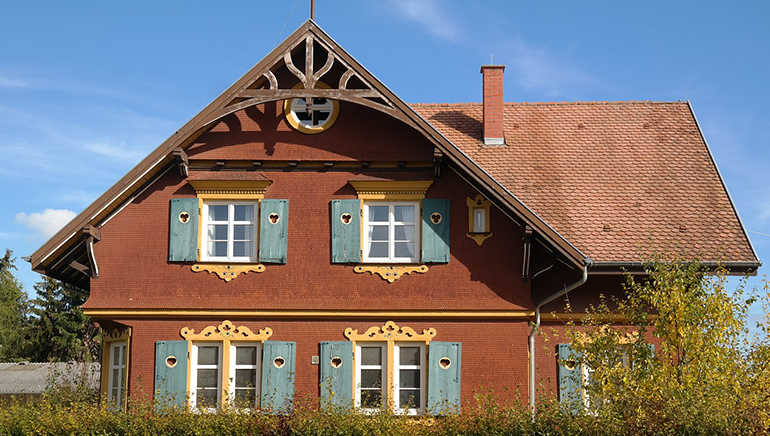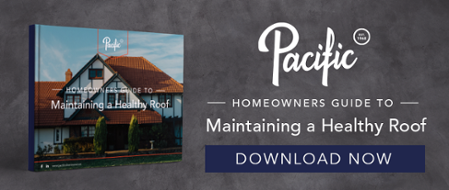
Aging
After 20 years, many insurance companies won’t insure your roof until you get a new one or comprehensively repair it. Even if the roof seems fine at the moment, the inner membranes of the shingles typically start to rapidly decline after 20 years, and this can lead to a sudden increase in shingle loss, leaks, and other major problems. Determine when your roof was installed, and make sure to mention it to your contractors so they know what they're dealing with when they perform an inspection or repair.
Water on the Ceiling
If you notice brown or dark colored water spots on your ceiling, your roof is likely leaking. It could be leaking for a number of reasons, but the end result is often the same: extensive damage to your home and mold growth. Take any signs of leaks seriously as soon as you notice them so you can prevent further damage to your roof and home in the future.
Pieces of Shingles Breaking Off
When it rains, pay attention to the water coming out from your gutters. If you notice small granules that match your roof color, you may be looking at granular flakes from your shingles. These granules are essential to your roof’s health, and without them, the shingles can quickly deteriorate and crack due to exposure to the elements.
Curved Shingles
If your shingles are starting to curve upwards, this may be a sign that they're getting old, or your attic may be too hot and humid. As heat accumulates in the attic, it can cause the shingles to warp upwards over time. When this happens, your roof is at higher risk of leaking. The wind can also blow curved shingles off your roof more easily than those that are healthy and properly secured.
Cracked or Missing Shingles
You may not easily notice cracked or missing shingles from the ground level, but they can pose a serious threat to your home if ignored. Some shingles can crack or loosen during storms, from excessive heat and humidity, or even from normal wear and tear over the years. Replace broken shingles immediately to avoid moisture problems, harmful UV exposure, and further damage to surrounding shingles.
Sagging
From ground level, a sagging roof can look like its curving inward in one or more places. Any amount of sagging should be checked out and fixed immediately—especially before winter. Heavy snowfall can cause sagging to worsen or even result in a collapsed roof. Ask a professional to root out the cause of the sagging, and treat it before it causes structural damage to your home or roof (if it hasn't already). It may require a complete roof replacement.
If You Notice Any Warning Signs…
All of these problems should be dealt with quickly before they become worse. Even a small amount of damage can quickly spiral into a major problem, and the resulting damage will be far costlier than any initial repairs. Don't climb on your roof and assess the problem yourself, however. You could easily end up causing further damage to any compromised areas and risk your safety. Call a professional to inspect your roof for you.

